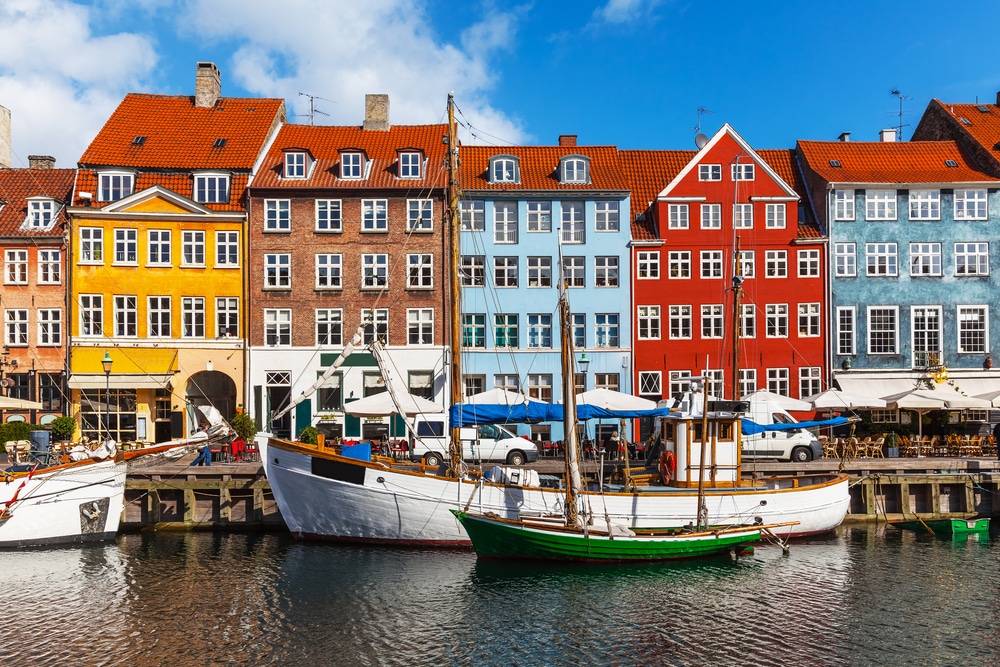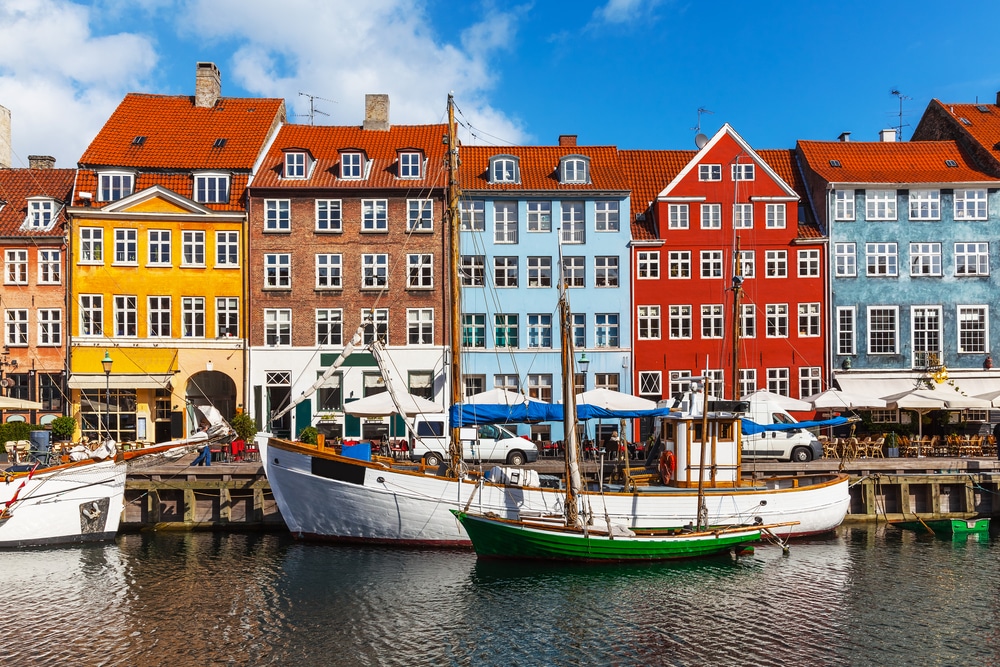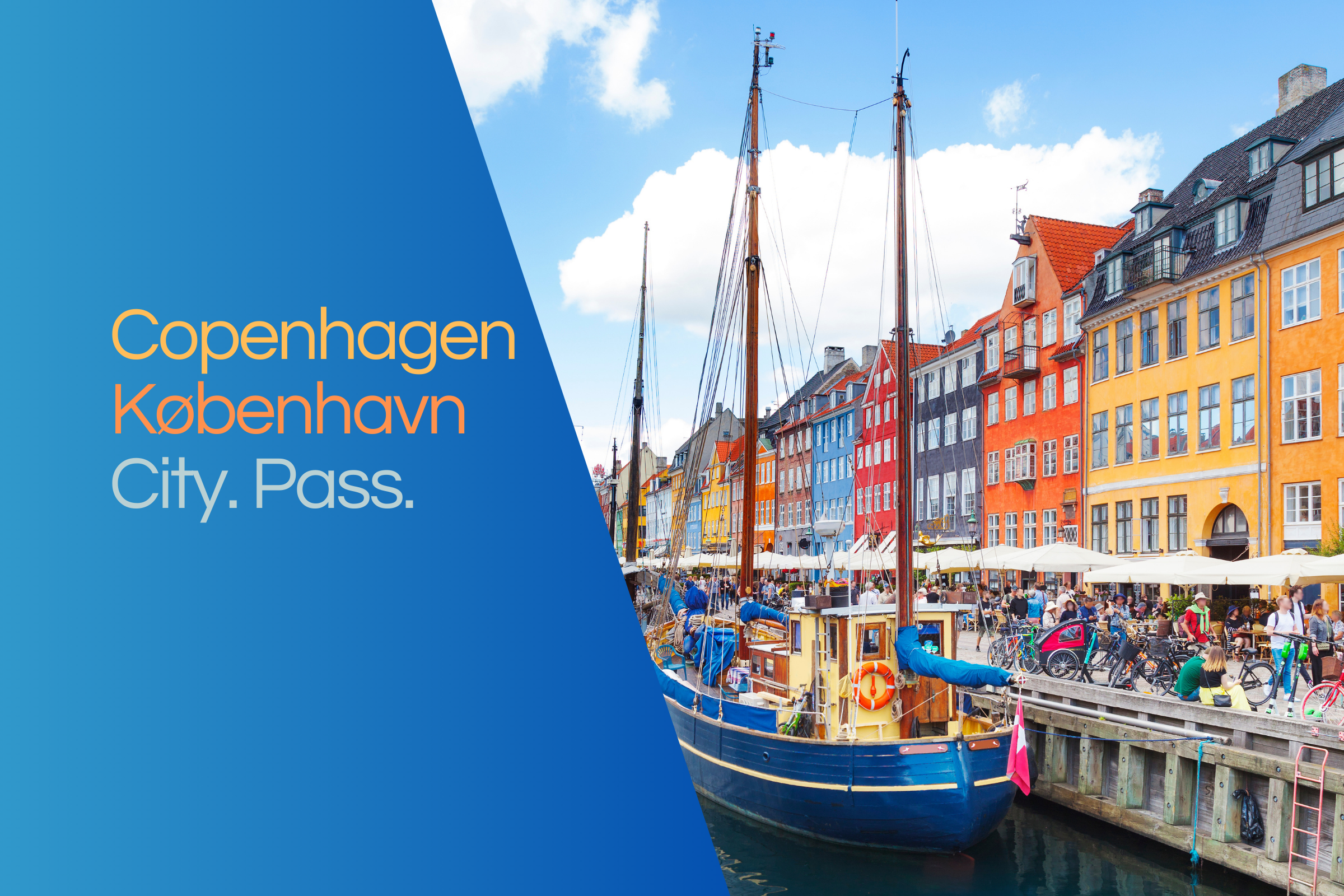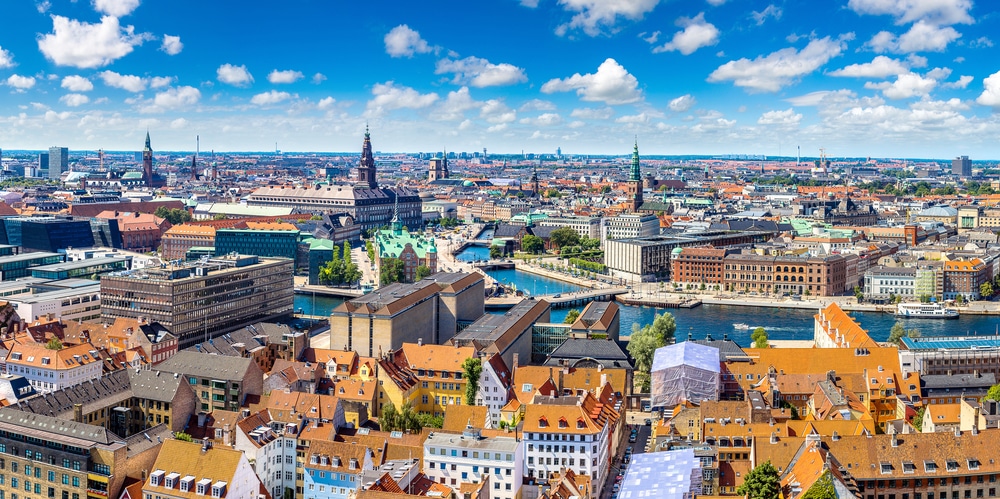- Home ›
- Denmark ›
- Copenhagen
Rosenborg Castle
Rosenborg Castle is one of the most interesting sights in the Danish metropolis. King Christian IV chose this stately home, surrounded by a moat, as his summer residence. The castle got its current appearance in 1616 with a north wing, a second floor and distinctive towers.
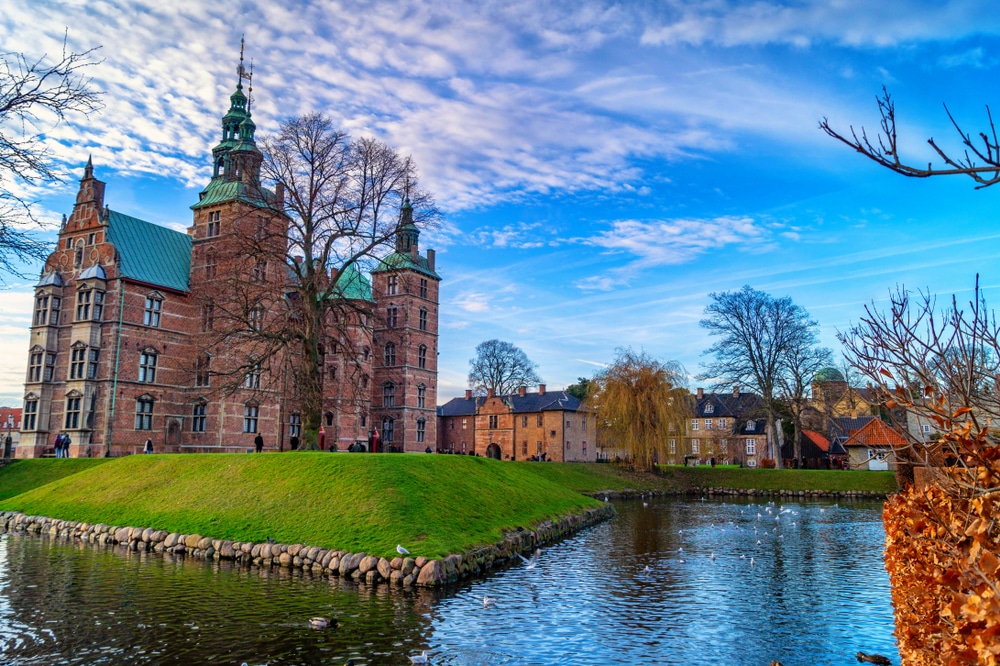
Crown jewels and royal regalia
Until 1720, the royal destinies of the country were directed from Rosenborg Castle, for it was the home of the royal family. Then the castle with its stately coronation throne in the knights' hall stood empty for more than a hundred years. Since 1838, the entire complex has been converted into a historical museum. It resembles the castle Amalienborg almost like one egg from the other. Today, Denmark's most important cultural treasures are kept within the solid walls of Rosenborg Castle. Among others, these are the royal insignia and the crown jewels.
Repository of royal treasures
The so-called Rosenborg tapestries are the showpieces of the museum. They found their place in the Knight's Hall of the castle in 1693 and depict the triumph of King Christian V in the War of Scania. After the royal family left, the building at Kongens Have was used as a repository for the royal treasures. Today, not only the tapestries, but also weapons, paintings, ornate porcelain collections and pieces of furniture bear witness to this. Those interested in the furnishings of old castles will find many valuable exhibits in the magnificent halls of Rosenborg Castle.
A fateful relationship
Connoisseurs of Danish history will admire a number of portraits at Rosenborg Castle that are related to Queen Caroline Mathilde and the royal personal physician Johan Friedrich Struensee. The two were linked by a relationship after King Christian VII suffered from a mental illness. When the latter was forced to resign, Struensee ruled Denmark for two years, was finally arrested and executed in 1772. Caroline Mathilde had gone into exile in northern Germany.
The march to Amalienborg Palace
The picturesque castle in the heart of Copenhagen is framed by a park that is used as a shady retreat by many of the capital's residents on summer days. The castle park is the oldest in Copenhagen. The Royal Danish Life Guard is housed in the immediate vicinity of the venerable building. When the regent visits Amalienborg Palace, the soldiers set out from their barracks at Rosenborg Palace for the traditional changing of the guard at midday. The march of the soldiers to the sister castle is one of Copenhagen's tourist attractions. Rosenborg is open between 10am and 5pm in the summer. In winter it closes at 4pm.
